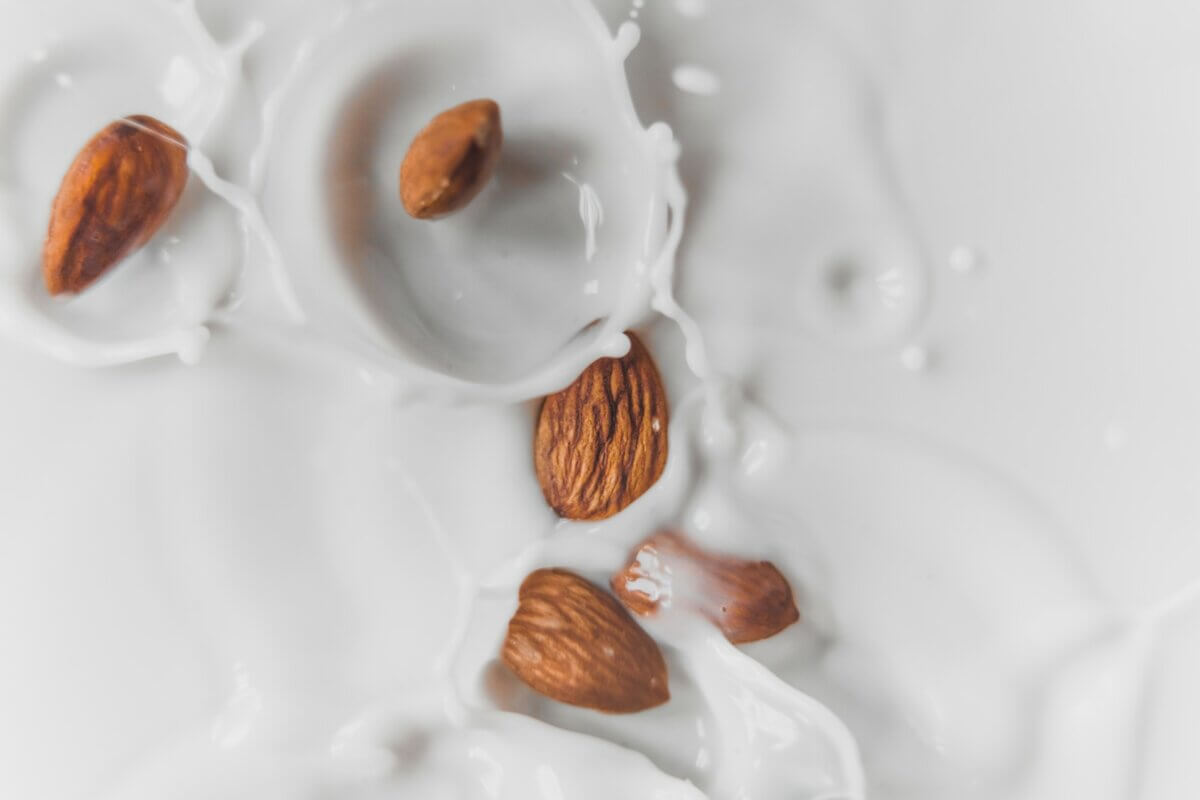MINNEAPOLIS — More and more people are trying plant-based milk alternatives (oats, soy, almonds) in recent years, but do these alternatives really offer the same nutritional value as cow’s milk? Taste may be a different story, but researchers in Minnesota suggest that very few measure up to cow’s milk when it comes to nutrition.
Cow’s milk is an important source of calcium and vitamin D. Notably, health officials identified both of these in the 2020-2025 Dietary Guidelines for Americans as nutrients of public health concern because not enough people are consuming them. Moreover, cow’s milk is also a key source of protein in the American diet.
With that in mind, researchers assessed how the nutritional content of plant-based milk alternatives measures up with cow’s milk. The team, led by Abigail Johnson, an assistant professor and associate director of the University of Minnesota School of Public Health Nutrition Coordinating Center, examined over 200 plant-based milk alternative products on sale in the United States as of 2023, as well as several other products included in previous studies.
In comparison to cow’s milk, just 12 percent of the milk alternatives contained comparable or greater amounts of all three key nutrients (calcium, vitamin D, protein).
“Our results provide evidence that many plant-based milk alternatives are not nutritionally equivalent to cow’s milk,” Prof. Johnson says in a media release. “Based on these findings, consumers should look for plant-based milk alternative products that list calcium and vitamin D as ingredients. They may also want to consider adding other sources of calcium and vitamin D to their diets.”

Advantageously, the University of Minnesota’s Nutrition Coordinating Center just happens to maintain a database of roughly 19,000 foods for assessing dietary intake in human research.
“We know from our dietary assessments for nutrition studies that consumers are choosing more plant-based milk alternatives,” Prof. Johnson adds. “This project aimed to increase the number of these milk alternatives available in the Nutrition Coordinating Center’s database of foods.”
This project encompassed nutrition information from nutrition facts labels and ingredient information across 233 plant-based milk alternative products from 23 different manufacturers. Researchers applied a nutrient calculation program to estimate full nutrient information for each product. Then, they compared the nutritional content of different products within a category. For instance, comparing almond milk, oat milk, and soy milk to each other and to cow’s milk. In comparison to dairy milk, only 28 of the plant-based alternatives had similar or higher levels of calcium, vitamin D, and protein.
Just under two-thirds of these products were made from almonds, oats, or soy. Also, 170 of the plant-based milk alternatives were fortified with both calcium and vitamin D – with the level of fortification tending to be similar to dairy milk. More specifically, 76 percent of oat-based products, 69 percent of soy-based, and 66 percent of almond-based alternatives were fortified with both calcium and vitamin D.

Average protein content came in at 2.0 grams (g) of protein per 240 milliliters (ml) of liquid, with a large variability that ranged from 0 to 12 g. Just 38 (16%) of the milk alternatives in the study had a protein level greater than or equal to the 8 g per 240 ml found in cow’s milk. Soy and pea-based alternatives were more likely to offer higher protein levels.
“Our findings point to a need to ensure that consumers are aware that many plant-based milk alternative products in the marketplace today are not nutritionally equivalent to cow’s milk,” Prof. Johnson concludes. “Product labeling requirements and dietary guidance to the public are among the approaches that may be helpful in alerting and educating consumers.”
Moving forward, the research team is planning on exploring and analyzing other nutrients found in milk alternatives that may differentiate them from cow’s milk. For instance, many of these alternative milks contain fiber, which is a nutrient that cow’s milk doesn’t offer.
The team presented their findings at NUTRITION 2023, the annual meeting of the American Society for Nutrition.
You might also be interested in:
- Diet do-over: Whole-fat milk and cheese may actually be great for your health
- Best Non-Dairy Milks: Top 5 Alternatives Most Recommended By Experts
- Adding milk to coffee doubles its anti-inflammatory power


Where is this study? I can’t find it on Google Scholar or Prof Abigail Johnson’s U of Minnesota webpage.